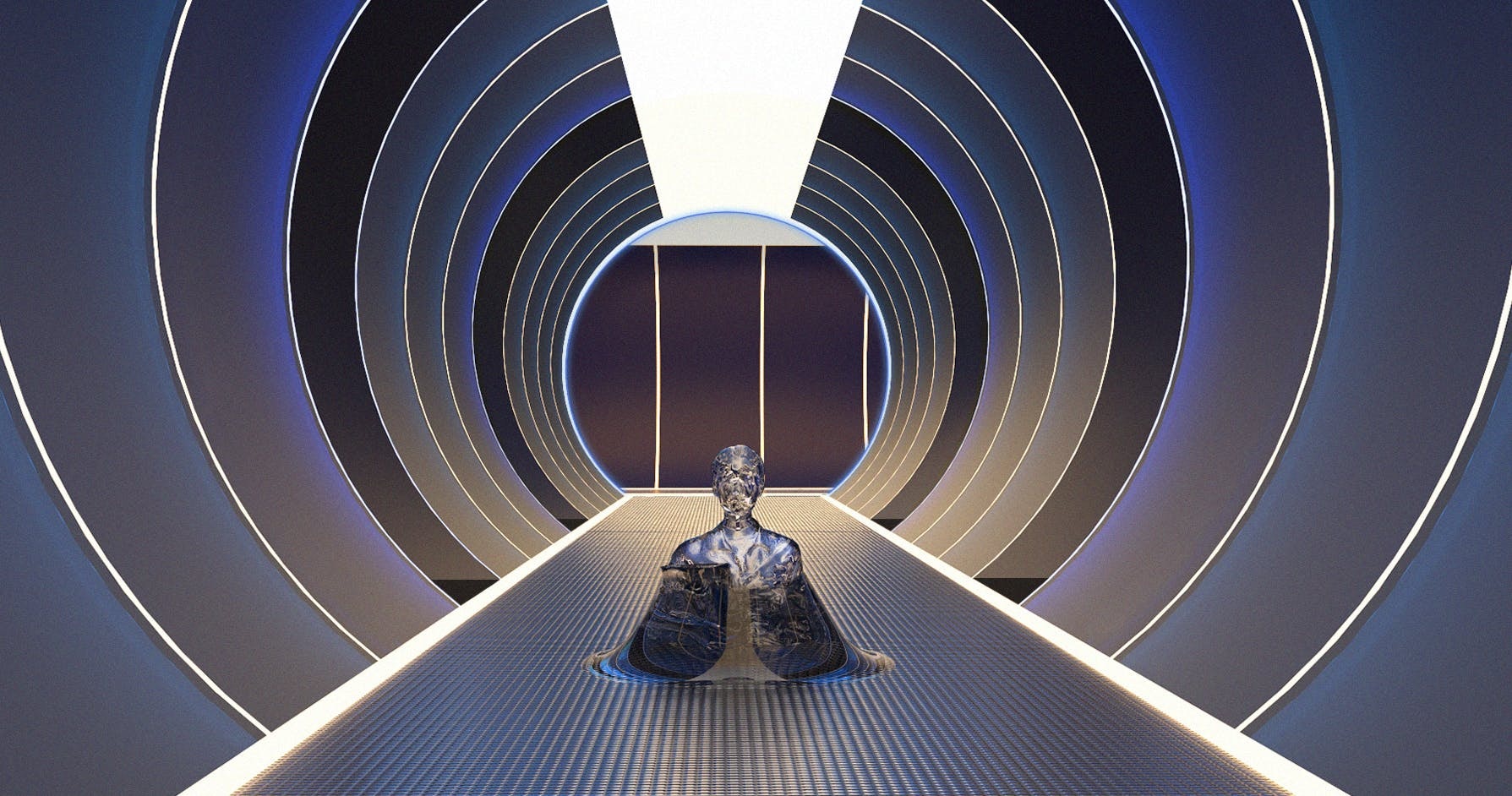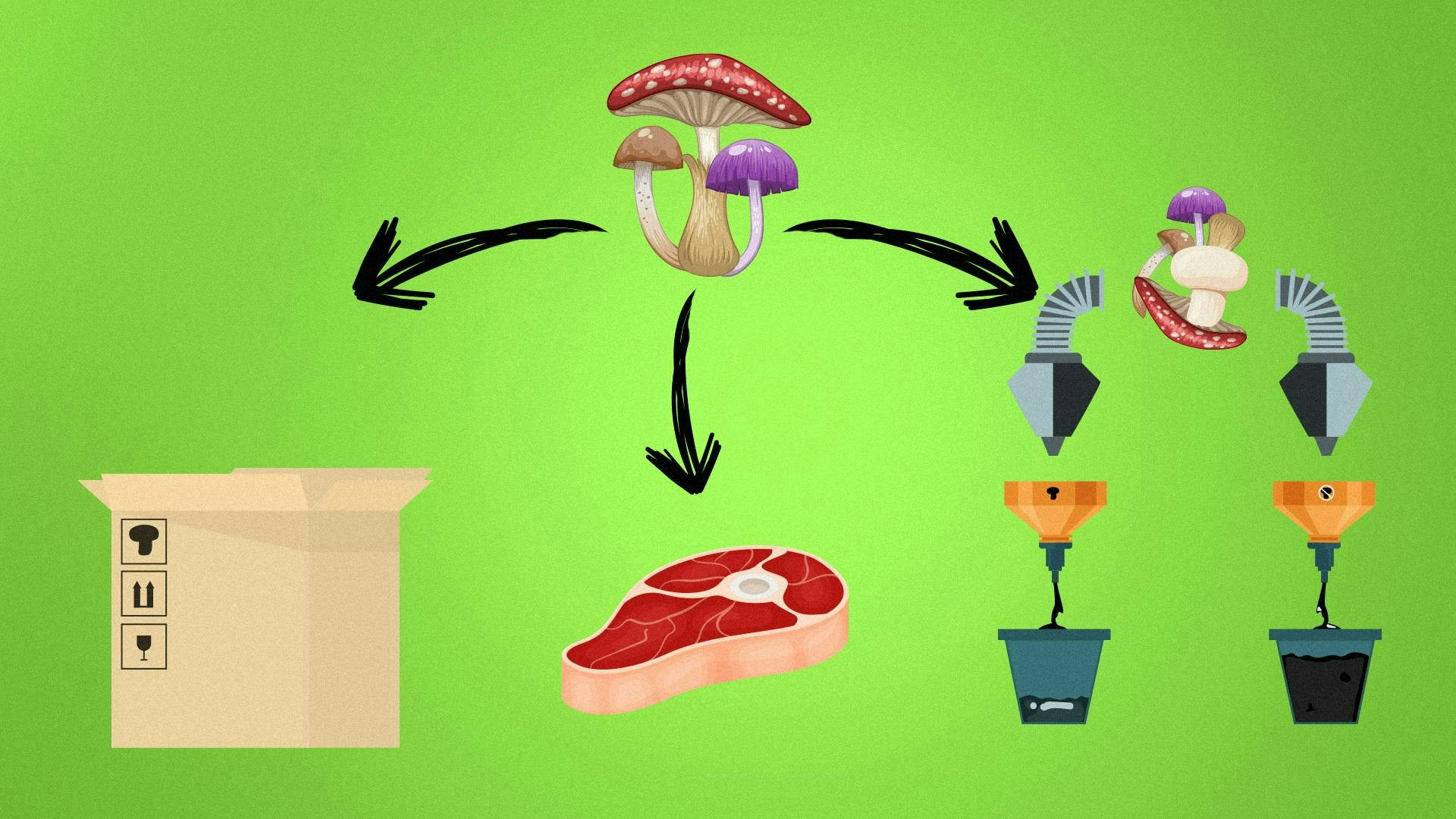Not just sci-fi: Claytronics

TOPICS
ForesightWhat in the name of tech is claytronics?
Commonly known as “programmable matter,” claytronics are distinctive from other technologies in the realm of “shape-shifting materials.”
Unlike self-folding robots, which rely on magnetic fields to move; or “active matters” that change form by reacting to energies (natural, like heat or moisture; or chemical reactions), claytronics are composed of millions of nano robots that respond to human command and allow the material to be shaped almost as if it were clay.
This video, though quite dated, nicely illustrates claytronics' imaginative potential.
IT’S PRETTY OLD TECH
The Claytronics Project was launched by Carnegie Mellon University over 18 years ago. Its mission: To create modular building blocks of claytronics, known as claytronic atoms or “catoms,” that could transform into dynamic, 3-dimensional forms. An underlying goal for the scientists involved was developing a new media type called “Pario,” where, for instance, “claytronics could be used in telepresence to mimic, with high-fidelity and in three-dimensional solid form, the look, feel, and motion of the person at the other end of the telephone call.” Did someone say metaverse?
Since 2006, Carnegie Mellon University has been joined by 11 academic teams, forming an international consortium leading most studies on claytronics. In 2021 they achieved the goal of creating mini 3D catoms, which “fit all the requirements of programmable matter.”
WHEN WILL IT SHOW UP IN MY LIVING ROOM?
Imagine living in a responsive home: Clap your hands and your desk becomes a couch, your computer a flat-screen projector. Sound good? It likely won’t happen anytime soon. “Achieving the Claytronics vision won’t be straightforward or quick,” admitted Carnegie Mellon University professors when the project started. The use of “vision” is telling: This is a slow revolution, not fast-win tech, and that’s reflected in our data: As of publishing, claytronics have generated around 40 publications and 10 presented patents so far.
In comparison, a related technology, self-healing materials, has generated $57 billion in investment, 209 publications, and 246 patents (per data from late last year). Though we haven't yet observed any market placement or startup investments in claytronics, one of its most concrete applications may be in performing endoscopies.
Still, researchers are working to make claytronics a reality. There now exists a virtual behavioural simulator for modular robots called VisibleSim, which will greatly facilitate testing and foster new ideas for application.
For now, cars won’t magically transform into hovercrafts and fly over traffic. But the technology is progressing. In short, claytronics aren’t just sci-fi.
In the "Not just sci-fi" series, Nathalie Béchet breaks down the research reality and market potential of technologies that capture our imagination.
23 Feb 2023
-
Nathalie Béchet
Illustration by Dominika Haas.
The future in your inbox every week.
02/03
Related Insights
03/03
L’Atelier is a data intelligence company based in Paris.
We use advanced machine learning and generative AI to identify emerging technologies and analyse their impact on countries, companies, and capital.


